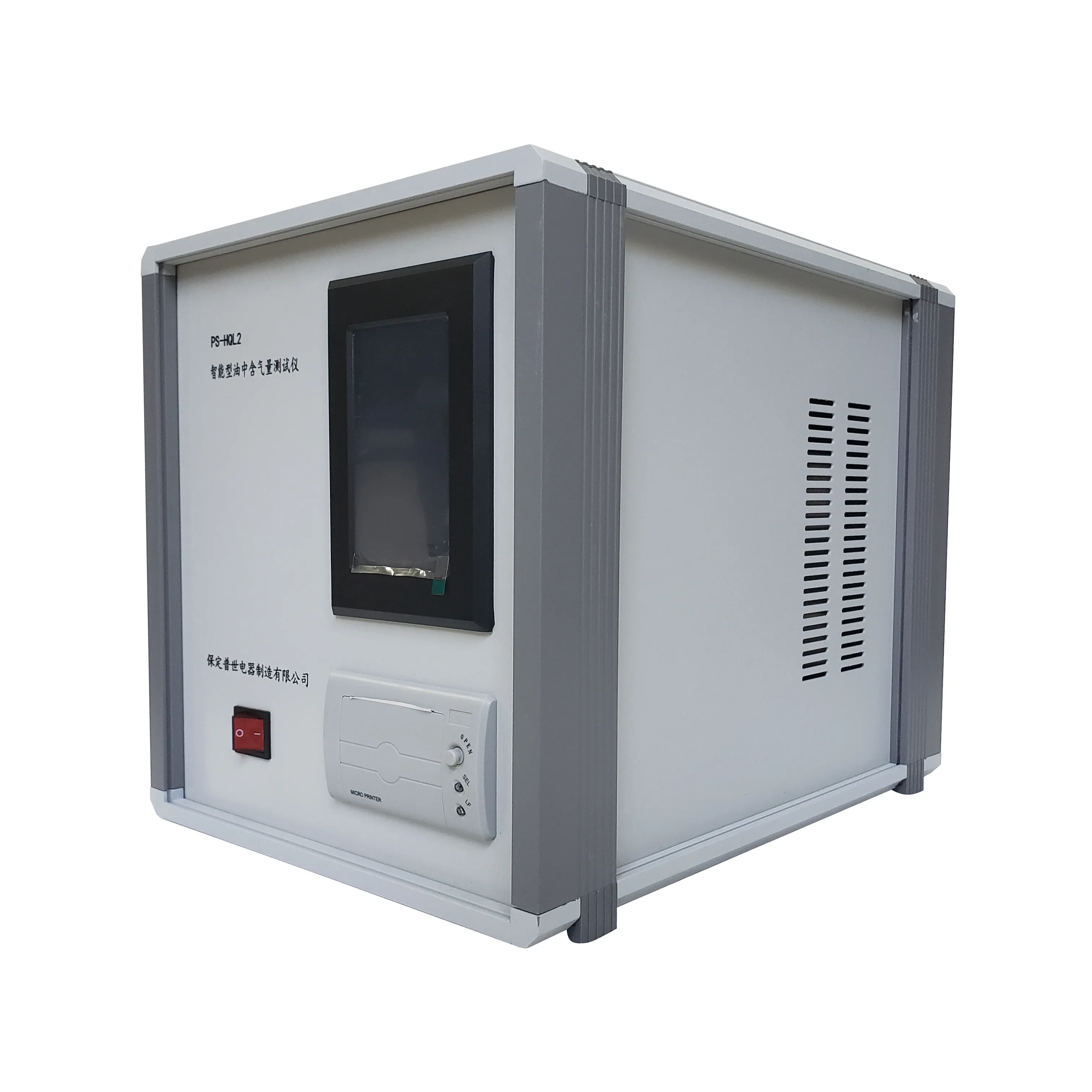 English
English


load test of single phase transformer
Load Test of a Single Phase Transformer
The load test of a single-phase transformer is a crucial procedure in assessing the operational efficiency and overall performance of the transformer under practical working conditions. This test enables engineers and technicians to not only determine the transformer's voltage regulation but also its efficiency, losses, and thermal characteristics during real-time load conditions.
A single-phase transformer operates on the principle of electromagnetic induction, converting alternating current (AC) from one voltage level to another. In industries and residential setups, transformers are vital for transmitting power efficiently over distances. Therefore, load tests are fundamental for ensuring these devices perform optimally as per design specifications.
Preparation for Load Testing
Before conducting a load test, several preparatory steps must be taken. Safety precautions are paramount, as high voltages are involved. The transformer should be properly isolated from the power supply, and all measuring instruments must be calibrated to ensure accurate readings. Personnel conducting the test must be well-trained and equipped with protective gear.
The test setup involves connecting the transformer to a suitable load bank, which can simulate real operational conditions. The load bank allows for controlled loading and provides the necessary resistive, inductive, or capacitive loads to mimic real-world transformer applications. Ensuring the load bank is properly rated for the transformer’s output is essential to prevent damage during testing.
Conducting the Load Test
load test of single phase transformer

Once all preparations are complete, the actual load test can commence. The transformer is energized, and the load is applied incrementally. During this phase, parameters such as primary and secondary voltage, current, and power factor are continuously monitored and recorded. Voltage regulation can be assessed by comparing no-load and full-load secondary voltage values.
One of the primary goals of the load test is to measure the efficiency of the transformer. This can be determined by calculating the input power (primary side) and the output power (secondary side), taking into account the losses—both copper (I²R) losses and core losses. Efficiency is calculated using the formula
\[ \text{Efficiency} (\%) = \frac{\text{Output Power}}{\text{Input Power}} \times 100 \]
In addition to efficiency, the load test also provides insight into the transformer's voltage regulation. The difference between no-load voltage and full-load voltage gives a direct measure of how well the transformer maintains its output voltage under varying load conditions.
Post-Test Analysis
After conducting the load test, all collected data should be analyzed and documented. The results will reveal the transformer's performance characteristics and any potential issues, such as excessive temperature rise or unexpected voltage drops. If the transformer fails to meet specified standards, further investigation may be warranted.
In conclusion, the load test of a single-phase transformer is an indispensable part of transformer maintenance and performance evaluation. By simulating operational conditions and measuring crucial parameters, this test ensures that transformers operate efficiently and reliably, ultimately contributing to the stability and efficiency of electrical power systems. Regular load testing, along with other diagnostic procedures, is vital for prolonging the lifespan of transformers and preventing unexpected failures.
-
Differences between open cup flash point tester and closed cup flash point testerNewsOct.31,2024
-
The Reliable Load Tap ChangerNewsOct.23,2024
-
The Essential Guide to Hipot TestersNewsOct.23,2024
-
The Digital Insulation TesterNewsOct.23,2024
-
The Best Earth Loop Impedance Tester for SaleNewsOct.23,2024
-
Tan Delta Tester--The Essential Tool for Electrical Insulation TestingNewsOct.23,2024





